Experience
A Guide to Superglue: Tips, Tricks & Techniques
Super glue – known as cyanoacrylate adhesiveis a fast-acting, strong-bonding glue that’s become a household staple and a favorite among crafters, model builders, and DIY enthusiasts. Its ability to bond to a wide variety of surfaces in seconds makes it incredibly versatile, whether you’re assembling a miniature, or securing small components in a project. However, using super glue effectively requires more than just squeezing a drop onto a surface. In this guide, FOBIRD will cover the essentials of how to use super glue safely and effectively, so you can get clean, long-lasting results every time.
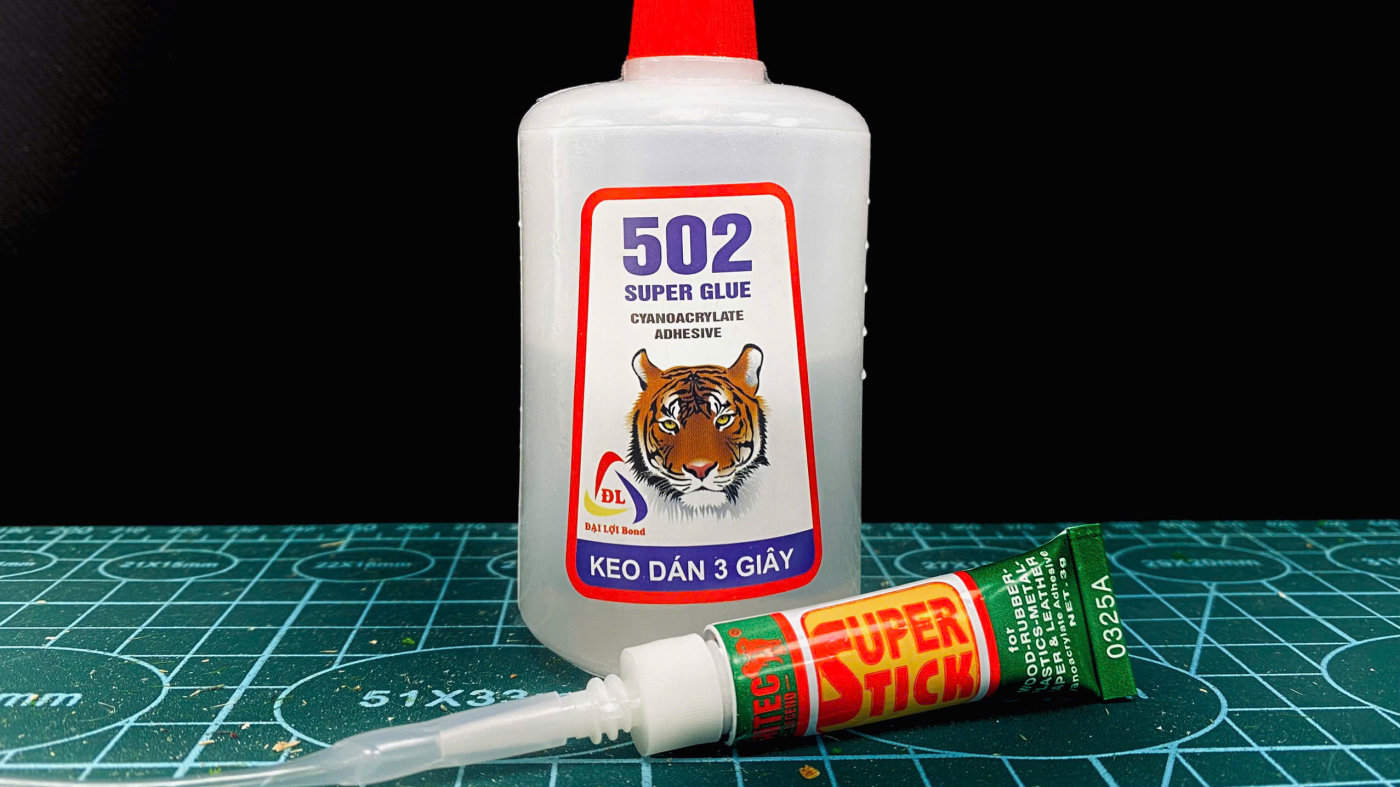
I. Understand different types of glue
Super glue is the common name for a class of fast-acting adhesives made from cyanoacrylate, a quick-drying chemical compound that forms a strong bond when exposed to moisture, even the tiny amounts of moisture in the air or on surfaces. Once it comes into contact with a surface (especially porous ones), the glue hardens and forms a tight grip that’s difficult to break without force or solvent.
At FOBIRD, we mainly use two types of liquid superglue. However, despite sharing the same basic chemical component, they differ significantly in quality, usability, and application:
502 Super Glue
502 Super Glue is definitely the most suitable for quick, simple tasks. It comes with cheap and affordable price that you can find in every markets or hardware stores. This product is commonly used in gluing various materials, such as plastic, wood, ceramics,… It’s also especially useful for quick household repairs or basic crafting projects where fine detail is not a priority.
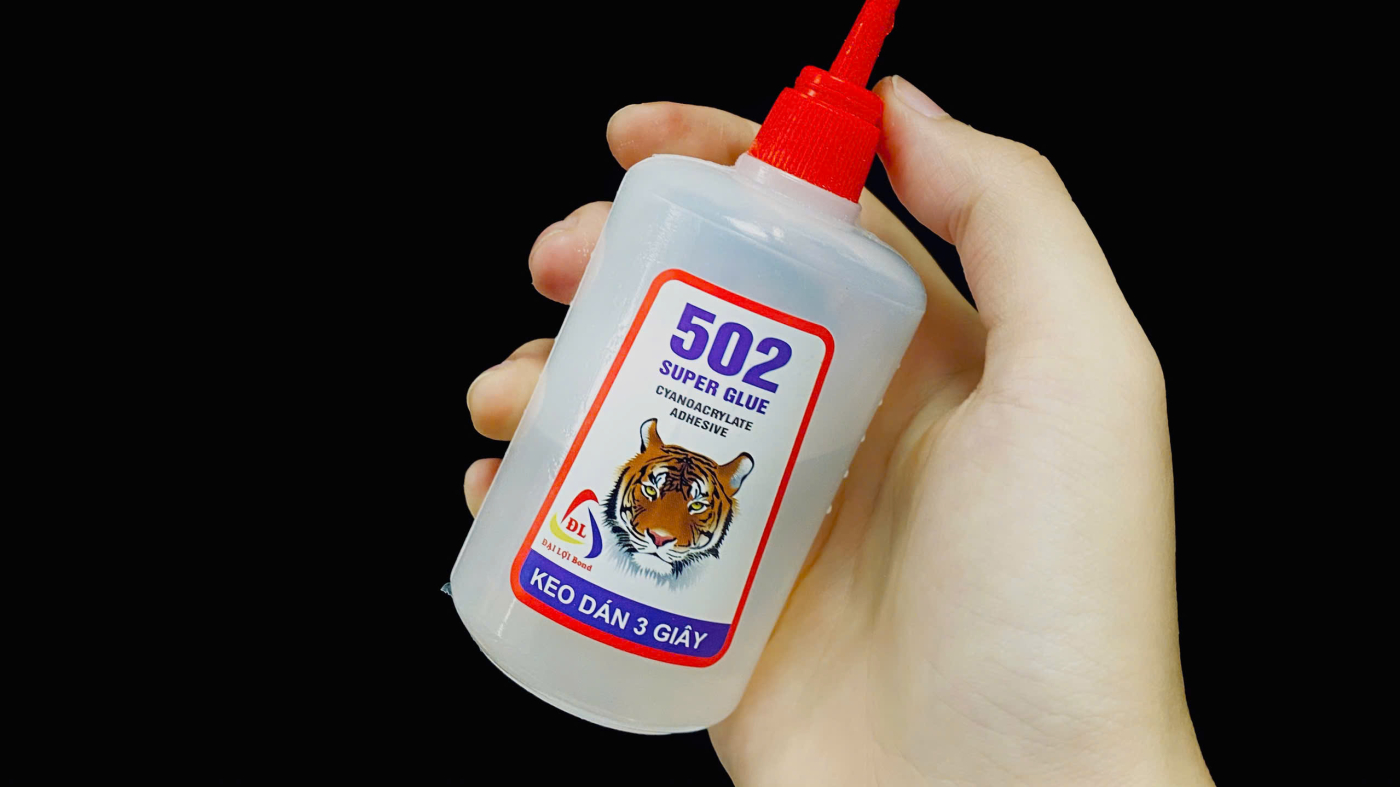
However, due to being manufactured with low-cost and inconsistent quality, 502 Super Glue application on some materials may become brittle or create peels as it flows too easily and also dries very quickly. In addition, the glue is usually packed in small plastic bottles without precision tips, which may create messy flows and difficult to control, making it less ideal for detailed model work.
Aitec Super Glue
Aitec Super Glue is a branded product designed with better control, smoother application, and more refined bonding performance. This is a more specialized adhesive, offering cleaner application and stronger, longer-lasting bonds, making it a better choice for miniature models, crafts, or sensitive materials.
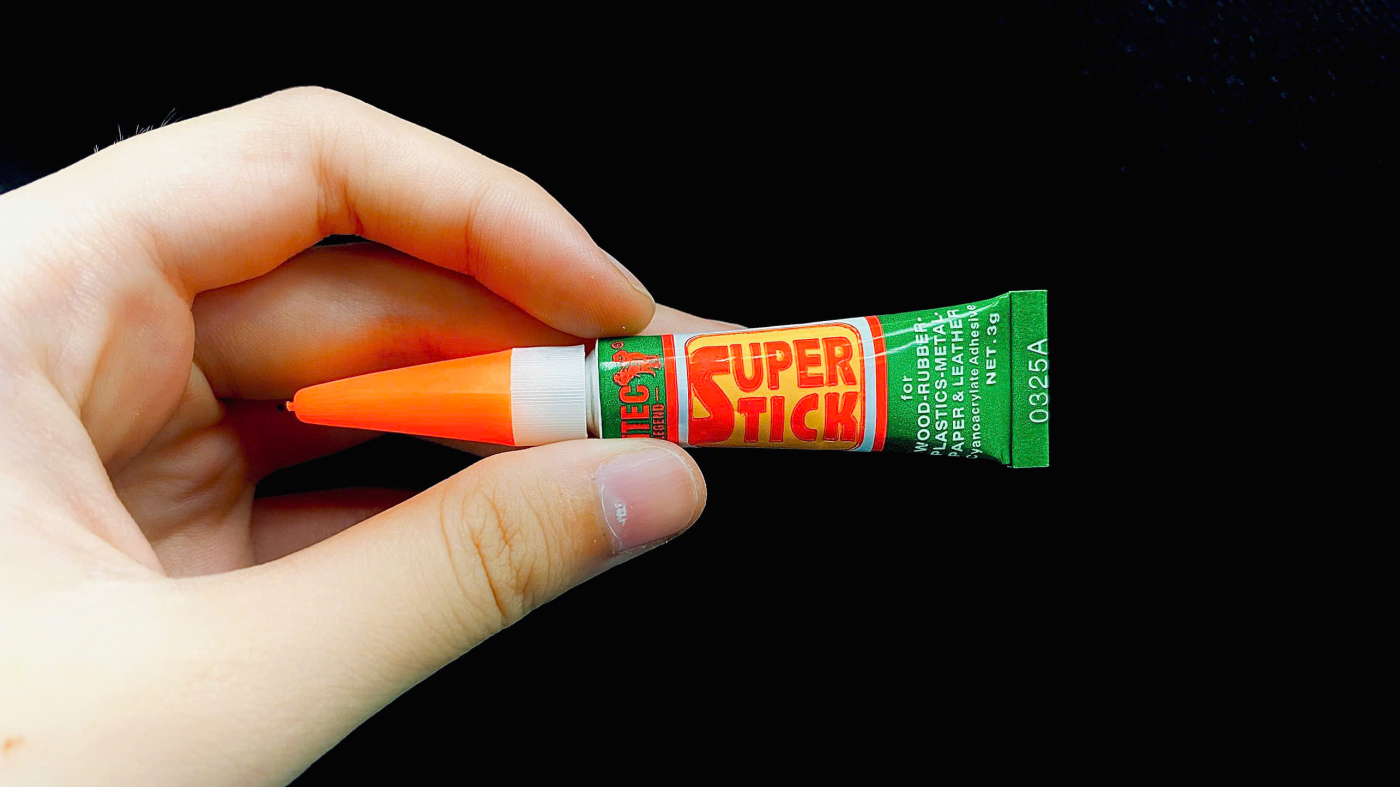
Furthermore, Aitec glue typically has a lighter odor and is often formulated with enhanced safety features and extended shelf life, making it a more user-friendly option for detailed projects. You can find it online or in most craft stores with a slightly higher price than the first one.
II. Step-by-step guide to use Super Glue
Instruction
- Cleaning the surface of your materials
Use a piece of tissue or cloth to clean the surface to remove dust and moist that may affect your process, also to create a stronger bond.
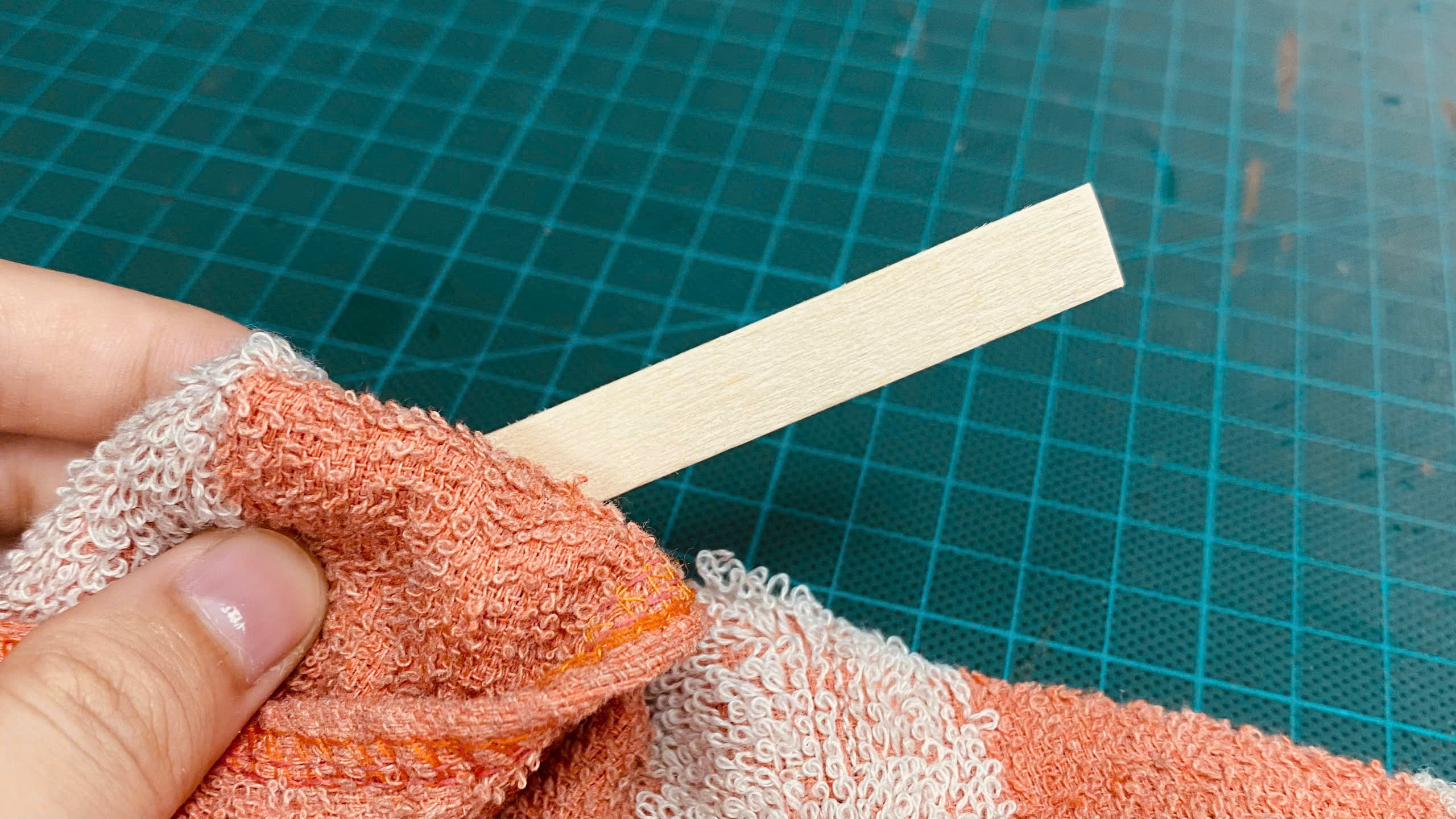
- Applying the glue
Apply glue where each piece connects.
Tips: Apply just a little drop of glue and be careful not to touch the joints until they’re completely dry. You can use tweezers to avoid sticking your hands when attaching your models.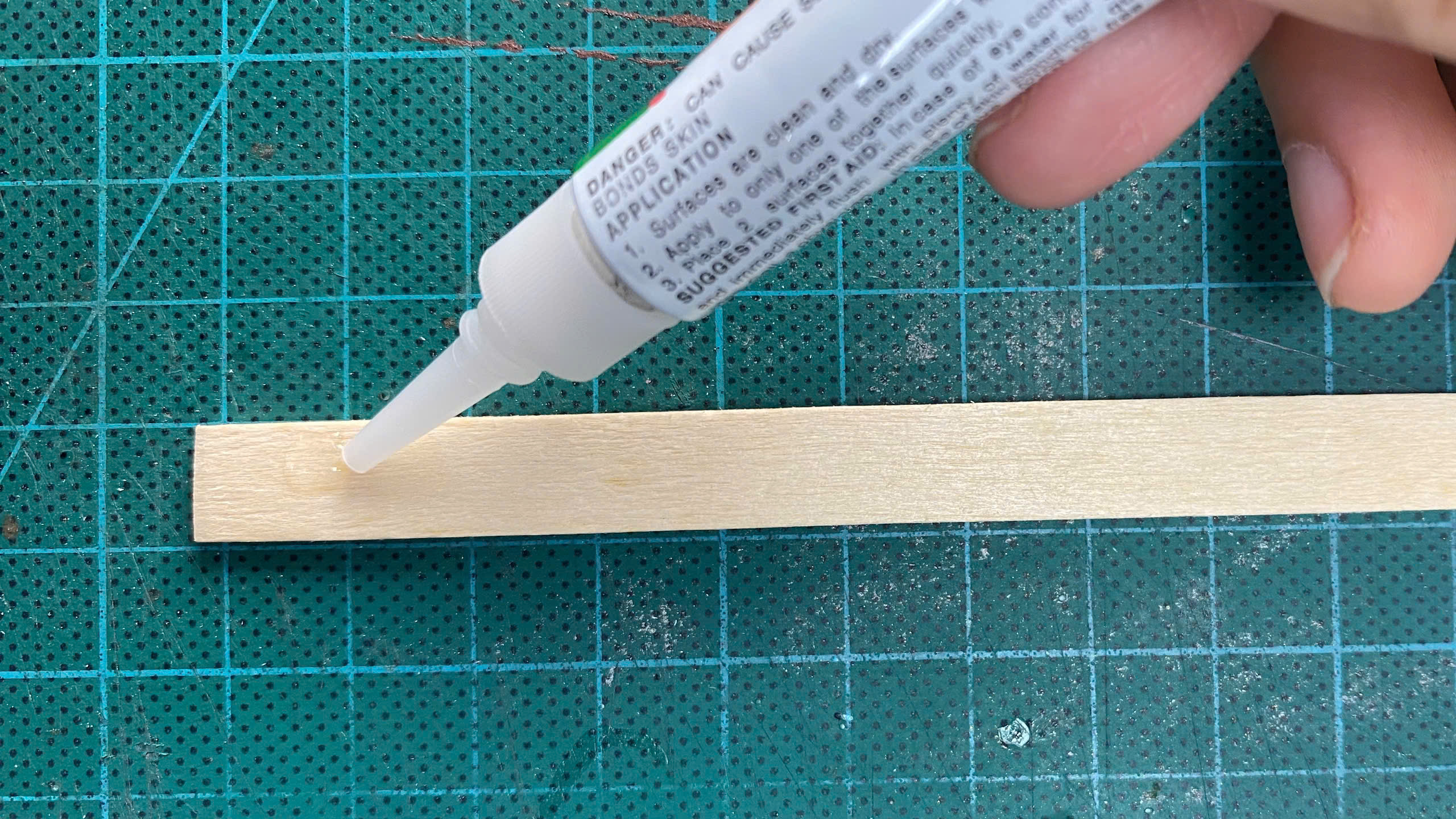
- Bonding the pieces together
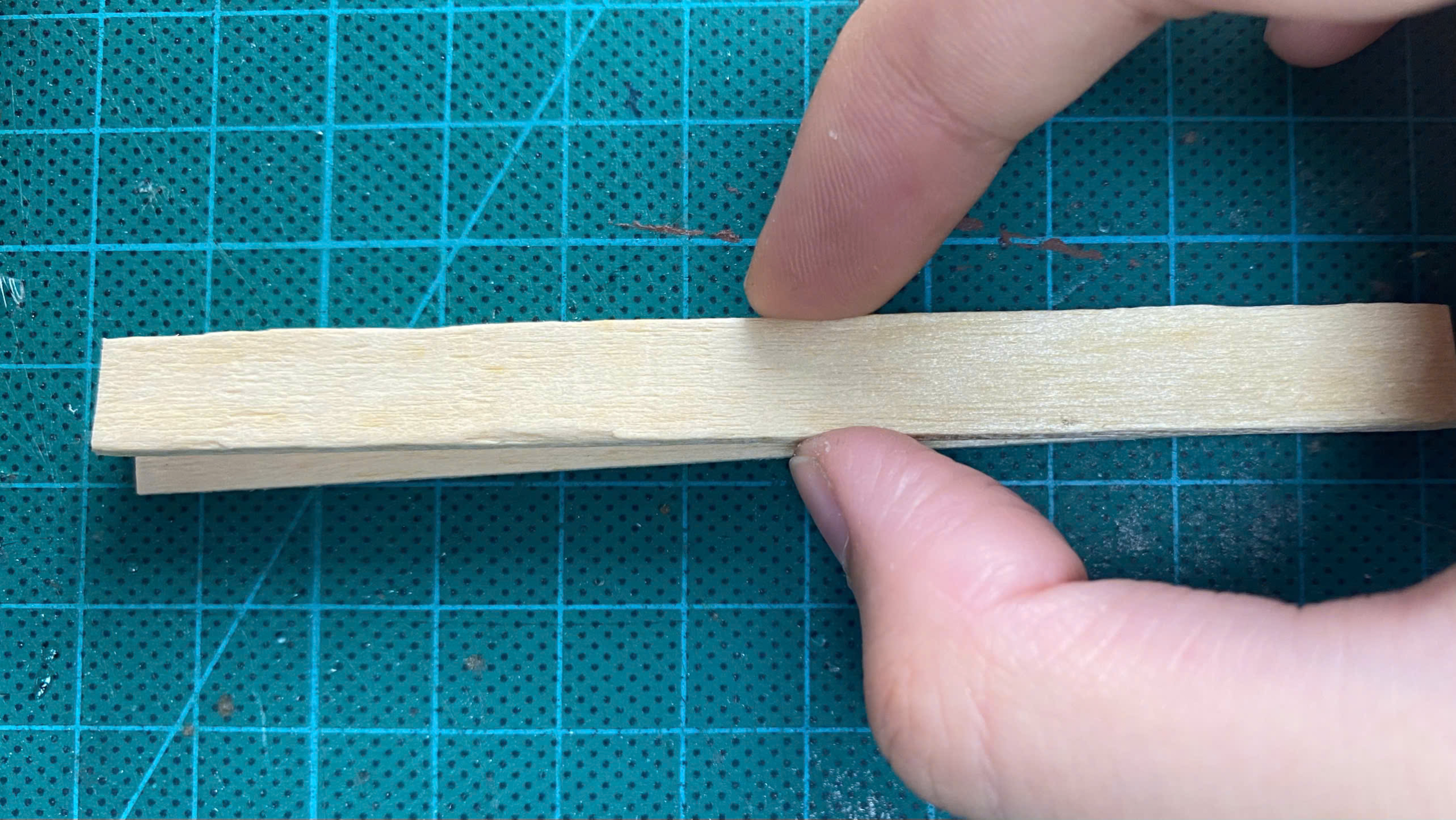
- Press the surfaces together firmly
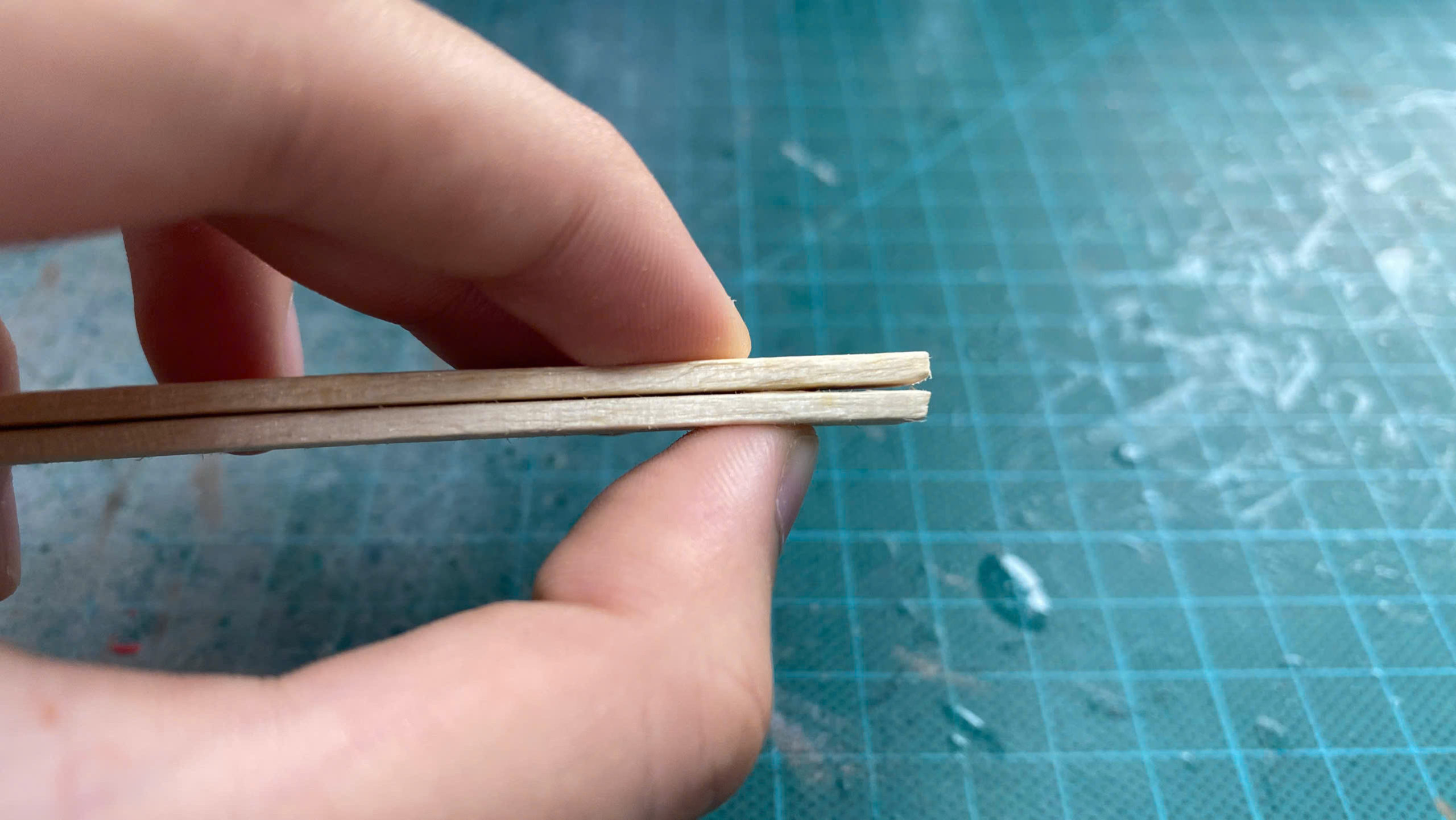
- Clean-up
You can use tissue/cloth to clean the excess wet glue, or use a piece of sandpaper to remove the dried one.
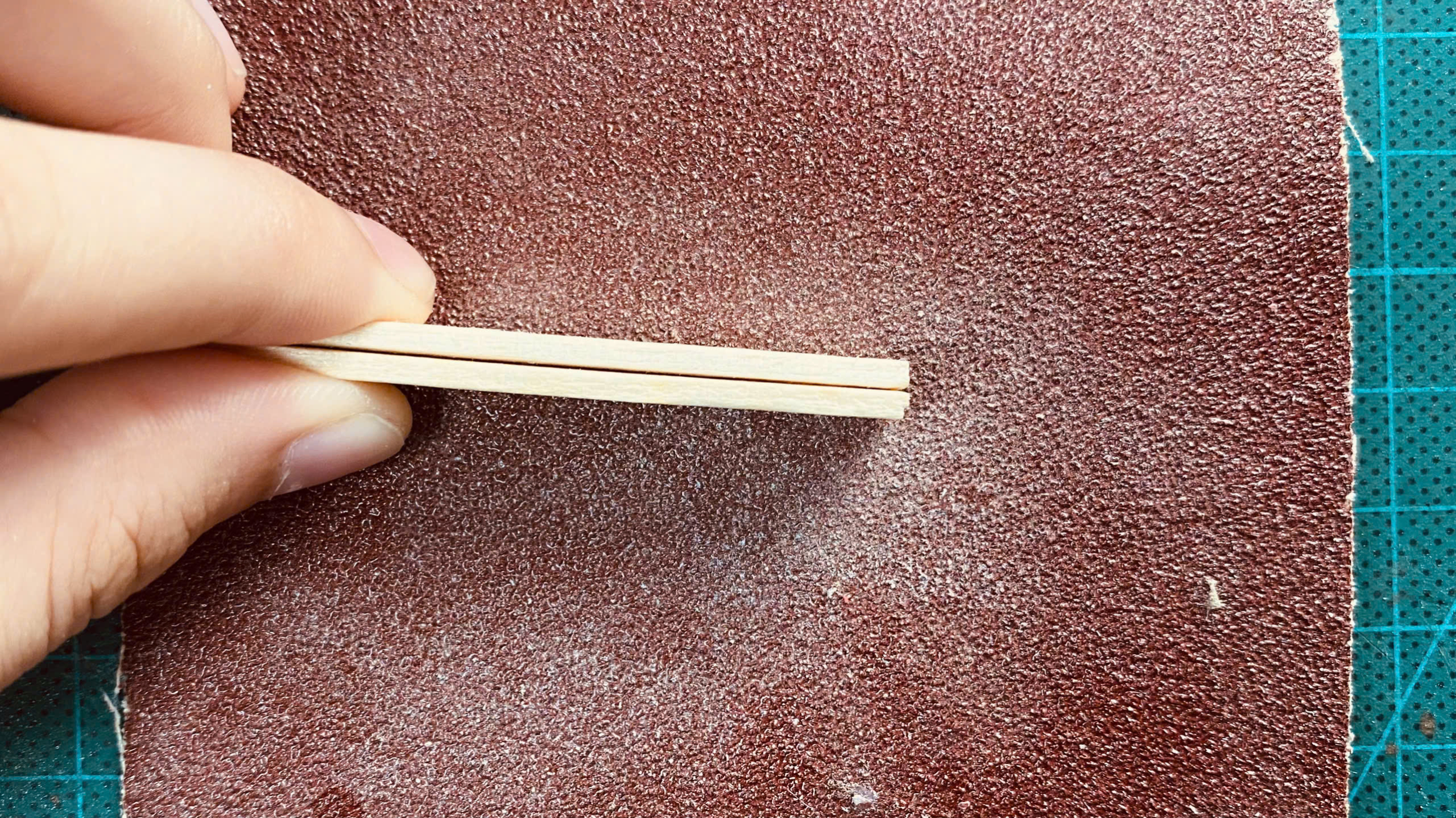
III. Safety and Using Tips
To get the most out of your super glue and ensure strong, clean bonds, keep these practical tips in mind:
Work in small sections
Super glue dries really quickly, so you shoud apply it to one area at a time for better control and accuracy. This helps avoid rushed application and wasted glue.
Use clamps or rubber bands
When working with larger pieces or materials that may shift, you can use clamps or rubber bands to hold the items together while the glue sets. This ensures a tighter, more secure bond.
Avoid overapplying
A small amount of super glue can go a long way. Applying too much may result in excess squeeze-out, weaker bonds, or messy residue. Therefore, you should only apply thin layers for the strongest hold.
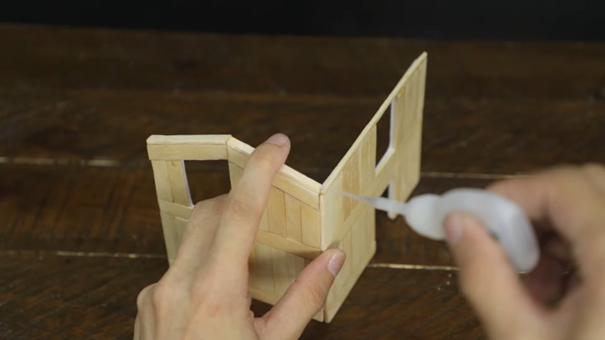
Avoid sticking skin
While super glue is a highly effective adhesive, it must be used with care to avoid accidents. If you accidently have your fingers stick to a glued object, never pulling them apart immediately. Instead, soak the area in warm soapy water or use acetone (nail polish remover) to gently loosen the bond.
Tips: Because superglue can cause itchy or burning sensation, you may need to use vaseline or hand cream to soften the areas you’ve intended to glue.
Fixing failled joints
To fix a failed bond with super glue, you should check if the joint is still wet or not. If it’s still wet, you’ll need to use a paper cutter blade, slipping carefully through the joint between 2 pieces, then gently splitting them apart. Clean the excess glue before it dry. Once the surfaces are clean, you can realign and re-glue them properly.
If the glue has completely dried, you would have to check the condition of your materials. Remove any dried glue from the surfaces, you can use acetone (nail polish remover) on a cotton swab to clean stubborn residue. Ensure both surfaces are clean, dry, and oil-free before reapplying.
